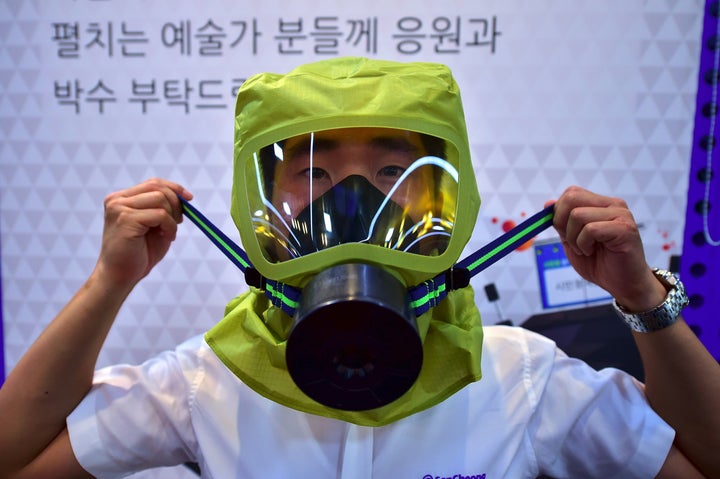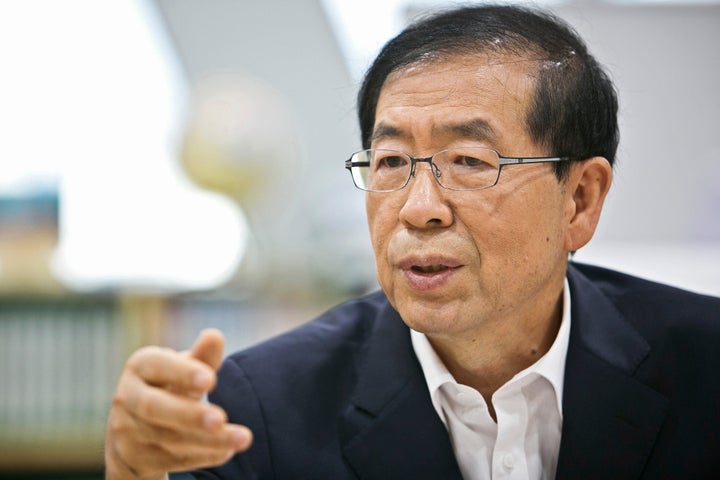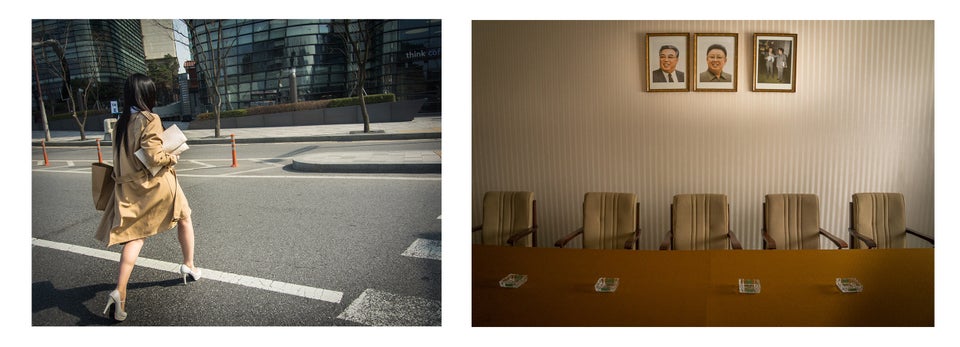
NEW YORK ― In 2010, South Korea seemed to be all-in on nuclear power. The country had won a landmark bid a year earlier to build nuclear reactors across the Middle East, including a $20.4 billion deal to build four power plants in the United Arab Emirates. A top-ranking minister called for a “renaissance of nuclear energy.” Some 66 percent of South Koreans said they supported building new nuclear plants, more than any other country in a 2010 report from the Organization for Economic Cooperation and Development’s Nuclear Energy Agency.
A year later, everything changed. The March 2011 tsunami struck the Fukushima Daiichi Nuclear Power Plant in northeast Japan, causing the worst nuclear disaster since Chernobyl in 1986.
That presented a problem for Park Won-soon, the eco-minded human rights lawyer elected mayor of Seoul eight months after the disaster. On the one hand, he needed to slash Seoul’s planet-warming carbon emissions, a great deal of which are generated by burning coal and gas to create electricity. On the other, nuclear energy ― which supplies most of the country’s low-carbon power ― had become, so to speak, politically radioactive.
“The Fukushima accident in Japan had a big impact, even to Korean people,” Park, now in his second term as mayor, told The Huffington Post in a one-on-one interview on Tuesday. “Before that, the Korean people were usually admitting that the nuclear power plant, or fossil fuel energy, was necessary.”
Nearly a year after the Fukushima disaster, Park unveiled the city’s flagship energy policy, dubbed the “One Less Nuclear Power Plant” initiative. It aimed to reduce overall energy consumption and became the cornerstone of Seoul’s plan to overhaul its power production, in part by encouraging more people to install solar panels on rooftops. Park set a goal of cutting energy use by one nuclear power plant’s output, the equivalent of 2 million tons of burning oil.
It worked. Seoul reached its target in June 2014 ― six months ahead of schedule, according to a government report. Now, as part of the second phase of the plan, Seoul is working to cut greenhouse gas emissions by 10 million tons.
But the plan also highlighted a fissure between the national government and the local leaders of Korea’s capital, a megacity where over half the country’s population lives. The national government has plans to build 11 more plants by 2024.

Seoul also continues to issue feed-in tariffs ― payments to customers who produce their own energy and sell it back to the grid ― to households in hopes of spurring more rooftop solar production, a policy the central government scrapped in 2011.
“We cannot eliminate at once the whole nuclear power [industry],” Park said. “But as an experiment of Seoul, we can, step by step, eliminate [the need for] nuclear power.”
That experiment has yielded some significant progress. A core component of Seoul’s second-phase clean energy plan is electrical “self-reliance.” As part of the plan, the city has invested heavily in solar energy, granting five-year subsidies to small solar plants producing less than 100 kilowatt-hours of energy, according to a report by the consulting giant KPMG.
Just as South Korea has exported its nuclear reactor technology, the country is now becoming a major source of solar energy hardware. Sales of solar panels and other equipment reached $2.01 billion in the first half of this year, a 46.7 percent jump from the same period last year, Seoul-based Yonhap News Agency reported on Friday.
For the past two years, Seoul has hosted a three-day fair for investors to showcase upcoming clean energy projects. This year’s fair took place last week.

